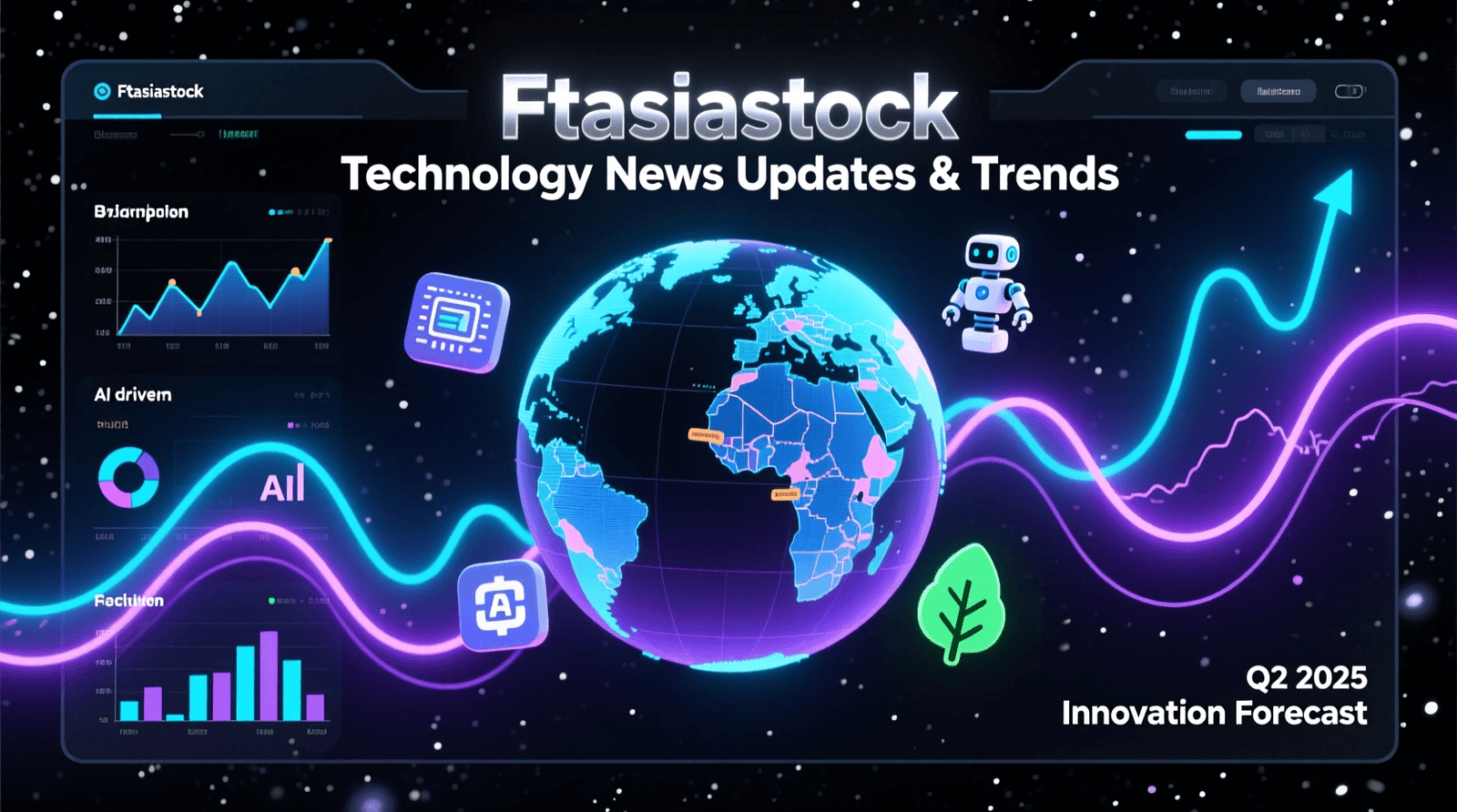The 2000s marked a revolutionary period for logistics technology. With the rise of the internet, globalization, and advanced computing, the logistics industry underwent massive changes. Companies began adopting new tools and systems to improve efficiency, reduce costs, and enhance supply chain visibility. From automation to artificial intelligence, the innovations of this decade set the stage for modern logistics.
The Rise of Transportation Management Systems (TMS)
One of the biggest advancements in logistics technology during the 2000s was the widespread adoption of Transportation Management Systems (TMS). These software platforms helped businesses plan, execute, and optimize freight movements. Before TMS, many companies relied on manual processes, which were slow and prone to errors. With TMS, logistics managers could automate route planning, track shipments in real time, and reduce transportation costs.
TMS also improved carrier selection by analyzing factors like pricing, transit times, and reliability. Shippers could compare different carriers and choose the best option for each shipment. This led to better efficiency and cost savings across the supply chain. By the end of the decade, TMS had become a standard tool for mid-sized and large logistics operations.
Warehouse Automation and Robotics
Warehouse operations saw significant improvements in the 2000s due to automation and robotics. Companies began using automated storage and retrieval systems (AS/RS) to speed up order fulfillment. These systems used robotic arms and conveyor belts to move goods with minimal human intervention. This reduced labor costs and increased accuracy in picking and packing processes.
Another major development was the introduction of voice-picking technology. Instead of relying on paper lists or handheld scanners, workers received instructions through headsets. This hands-free approach improved productivity and reduced errors in warehouse operations. By the late 2000s, many large distribution centers had integrated some form of automation into their workflows.
The Growth of GPS and Real-Time Tracking
Before the 2000s, tracking shipments was a slow and unreliable process. The widespread adoption of GPS technology changed that. Fleet managers could now monitor truck locations in real time, improving delivery accuracy and customer satisfaction. GPS also helped optimize routes, reducing fuel consumption and improving delivery times.
Real-time tracking became a standard feature in logistics operations. Customers could check the status of their shipments online, leading to greater transparency. This technology also helped prevent theft and loss, as companies could quickly identify delays or unauthorized stops. By the end of the decade, GPS tracking was a must-have for any logistics provider.
The Impact of RFID Technology
Radio Frequency Identification (RFID) was another game-changing technology in the 2000s. Unlike traditional barcodes, RFID tags could be scanned without direct line-of-sight, making inventory management faster and more efficient. Retailers and manufacturers adopted RFID to track products throughout the supply chain.
RFID improved inventory accuracy by reducing human errors in scanning. It also helped prevent stockouts and overstocking by providing real-time data on inventory levels. Major retailers like Walmart pushed for RFID adoption, leading to broader industry acceptance. Although initial costs were high, the long-term benefits made RFID a valuable tool in logistics.
The Emergence of Cloud Computing
Cloud computing transformed logistics technology by making software and data storage more accessible. Instead of relying on expensive on-premise systems, companies could use cloud-based platforms for TMS, warehouse management, and supply chain analytics. This reduced IT costs and allowed for easier scalability.
Cloud-based logistics solutions also enabled better collaboration between supply chain partners. Manufacturers, carriers, and retailers could share data in real time, improving coordination and reducing delays. By the late 2000s, many logistics providers had shifted to cloud-based systems for greater flexibility and efficiency.
The Role of E-Commerce in Logistics Innovation
The rapid growth of e-commerce in the 2000s forced logistics providers to adapt. Customers now expected fast, reliable, and affordable shipping. Companies like Amazon set new standards with two-day and next-day delivery options. This pushed logistics firms to invest in faster fulfillment centers, better last-mile delivery solutions, and advanced order management systems.
E-commerce also increased demand for reverse logistics—handling returns efficiently. Retailers implemented automated return systems to process refunds and restock items quickly. The rise of online shopping reshaped logistics strategies, making speed and customer service top priorities.
The Introduction of Predictive Analytics
In the 2000s, predictive analytics began playing a key role in logistics. Companies started using historical data and machine learning algorithms to forecast demand, optimize inventory, and prevent disruptions. Predictive analytics helped businesses anticipate shipping delays, manage seasonal demand spikes, and reduce excess inventory.
This technology also improved maintenance for logistics fleets. By analyzing vehicle data, companies could predict when trucks needed repairs, reducing downtime and improving safety. Predictive analytics became a powerful tool for making data-driven decisions in supply chain management.
The Shift Toward Green Logistics
Environmental concerns led to the rise of green logistics in the 2000s. Companies began looking for ways to reduce fuel consumption, lower emissions, and minimize waste. Route optimization software helped cut unnecessary miles, while alternative fuel vehicles gained traction.
Sustainability became a competitive advantage, with consumers favoring eco-friendly businesses. Logistics providers adopted practices like consolidated shipments, energy-efficient warehouses, and recyclable packaging. These efforts not only helped the environment but also reduced operational costs in the long run.
FAQs
1. What are the biggest logistics technology breakthroughs since 2000?
Some of the most impactful breakthroughs include automation and robotics in warehousing, GPS-based fleet tracking, cloud-based logistics platforms, IoT-enabled smart warehouses, AI-driven forecasting, and blockchain-secured transactions. These have drastically improved efficiency, transparency, and speed across the entire supply chain.
2. How has artificial intelligence changed logistics?
AI has transformed logistics by enabling predictive analytics, route optimization, risk management, and real-time decision-making. Machine learning algorithms analyze vast data sets to anticipate demand, reduce delays, and even prevent supply chain disruptions before they occur.
3. Is drone delivery really being used in logistics?
Yes, although it’s still in the early stages. Companies like Zipline and Amazon Prime Air have successfully deployed drones in limited regions for medical and consumer deliveries. They are especially useful in remote or hard-to-reach areas and during emergencies.
4. What role does blockchain play in logistics?
Blockchain ensures secure, transparent, and tamper-proof documentation of supply chain events. It reduces fraud, enhances traceability, and enables automated smart contracts that trigger payments or actions when conditions are met. This is especially important in global logistics where multiple parties are involved.
5. Are cloud platforms replacing traditional logistics systems?
Absolutely. Cloud-based logistics systems are faster to deploy, scalable, and more collaborative than traditional ERP systems. They offer real-time access to inventory, shipment tracking, and order statuses across geographies, making them indispensable in modern logistics.
6. How has logistics technology helped e-commerce businesses?
E-commerce thrives on fast and accurate deliveries. With logistics tech like real-time inventory syncing, GPS routing, and AI forecasting, online retailers can fulfill orders quickly, keep costs low, and maintain a high level of customer satisfaction even during peak seasons.
The Future of Logistics Technology
The innovations of the 2000s laid the foundation for even greater advancements in logistics. Technologies like artificial intelligence, blockchain, and autonomous vehicles began emerging by the end of the decade. These developments promised to further streamline supply chains and improve efficiency.
Looking back, the 2000s were a turning point for logistics technology. Companies that embraced these changes gained a significant edge over competitors. Today, many of these technologies remain essential, proving how impactful this decade was for the industry. The lessons learned during this period continue to shape modern logistics strategies.




